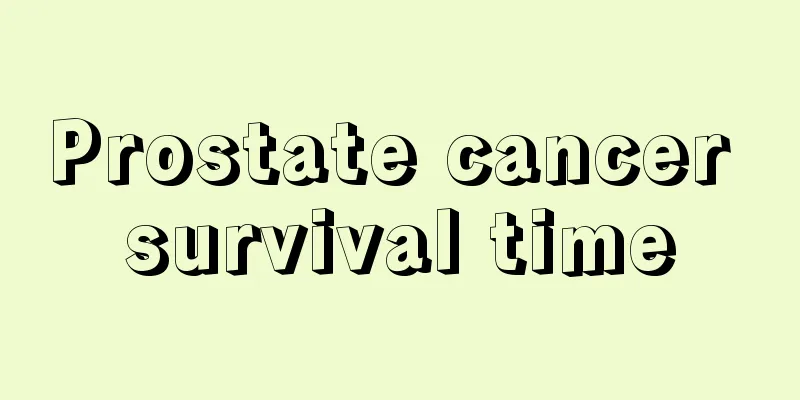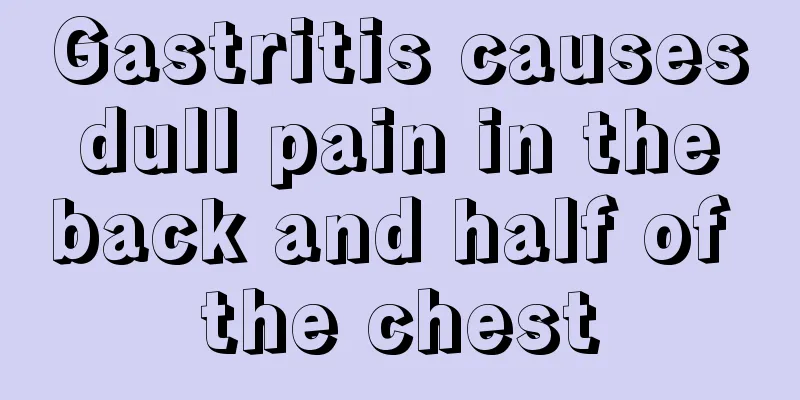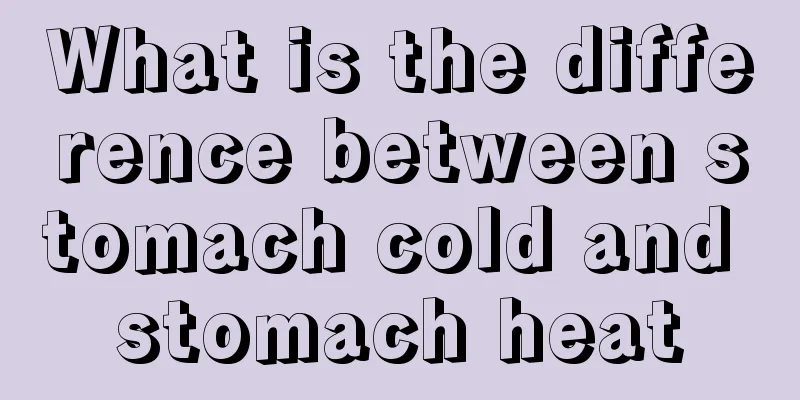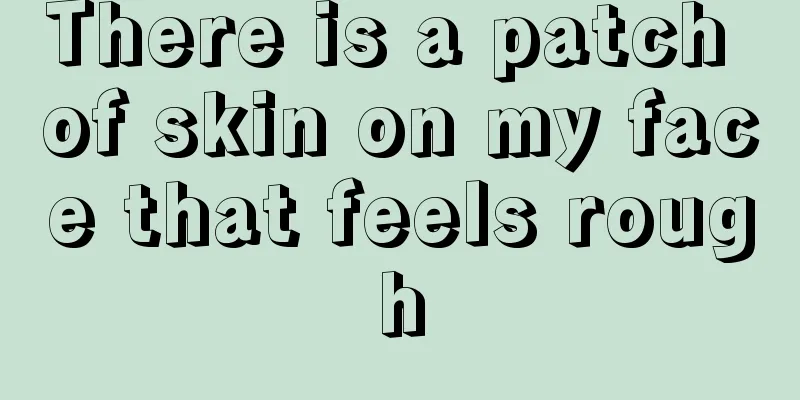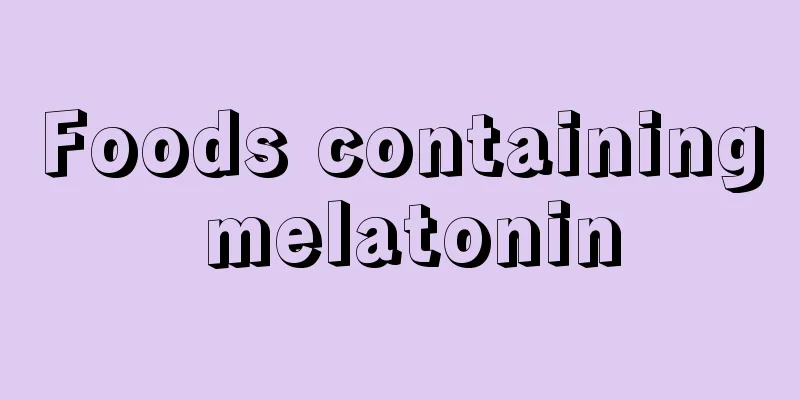What are the early symptoms of cholecystitis

|
Cholecystitis is divided into acute cholecystitis and chronic cholecystitis. The symptoms of acute cholecystitis include persistent or paroxysmal pain in the right upper abdomen, while chronic cholecystitis may cause dull pain in the upper abdomen after eating greasy food or frequent belching. 1. Acute cholecystitis Many patients develop the disease in the middle of the night after eating a greasy dinner, because a high-fat diet can increase the contraction of the gallbladder, and lying flat can make it easy for small gallstones to slide into and become embedded in the gallbladder duct. The main symptoms are persistent pain in the right upper abdomen, which worsens intermittently and may radiate to the right shoulder and back; it is often accompanied by fever, nausea and vomiting, but chills are rare and jaundice is mild. Abdominal examination revealed fullness in the right upper abdomen, tense abdominal muscles in the gallbladder area, and obvious tenderness and rebound pain. 2. Chronic cholecystitis Symptoms and signs are atypical. Most of the symptoms are biliary indigestion, aversion to greasy food, upper abdominal distension, belching, heartburn, etc., which are similar to ulcer disease or chronic appendicitis. Sometimes, due to stones blocking the gallbladder duct, it may be an acute attack, but when the stones move and the obstruction is relieved, the condition will improve rapidly. Physical examination may reveal mild tenderness or percussion pain in the gallbladder area; if there is hydrops in the gallbladder, a round, smooth cystic mass can often be felt. 3. Supply rich vitamins: Vitamin A can prevent gallstones, help the bile duct epithelium grow and maintain integrity, and help repair diseased bile ducts. Large amounts of supplementation are beneficial to the recovery of bile duct diseases. Other vitamins, such as vitamin C, vitamin E, and B vitamins should also be adequately supplied. 4. Dietary fiber : Plant fiber can increase bile salt excretion, inhibit cholesterol absorption, lower blood lipids, normalize cholesterol metabolism, and reduce the chance of gallstone formation. Dietary fiber not only has a bile-boosting effect, but also can stimulate intestinal peristalsis, facilitate bowel movements, and promote the excretion of harmful substances such as indole and skatole produced in the intestines as soon as possible, thereby preventing the onset of cholecystitis. You can choose foods that are high in dietary fiber, such as green leafy vegetables, radishes, beans, fruits, whole grains; and foods that have the effect of lowering cholesterol, such as mushrooms and fungus. 5. Drink plenty of water: Drinking more water and beverages can dilute bile, promote bile excretion, prevent bile stasis, and facilitate the recovery of bile tract diseases. 1000-1500 ml per day is appropriate. 6. Eat small meals frequently: Eating small meals can reduce the burden on the digestive system, and frequent meals can stimulate the bile duct to secrete bile, keep the bile duct unobstructed, facilitate the drainage of inflammatory substances in the bile duct, and promote the slowing down and improvement of the disease. |
<<: What is the best way to treat knee pain
>>: What causes pain when bending the knee
Recommend
What are the symptoms of advanced liver cancer? Five symptoms of advanced liver cancer
For patients with advanced liver cancer, their li...
Main treatments for skin cancer
Skin cancer is one of many tumor diseases. If you...
Toothpaste reduces sensitivity
Toothpaste is the most common thing in our lives....
What is night sweats?
Night sweats are a phenomenon that many people wi...
What are the causes of dependent personality
Dependent personality actually develops in the ea...
What should people with qi and blood deficiency pay attention to?
Due to not paying attention to some habits in dai...
What should I do if I grind my teeth at night?
The phenomenon of teeth grinding is a problem tha...
How to treat small intestinal intussusception
Intestinal intussusception is a disease that is c...
How women can self-check for breast cancer Women need to know these 4 points when self-checking for breast cancer
Breast cancer ranks first in the incidence of fem...
What is the transmission route of Big Three Yang
There was a time in China when hepatitis B was ve...
Is Epiphyllum poisonous
People may not be very familiar with the Epiphyll...
How are pituitary tumors formed
How is a pituitary tumor formed? The high-risk gr...
Experts help you understand fibroids
Often people do not take fibroids seriously until...
Diagnosis method of pheochromocytoma
For pheochromocytoma, of course, we must pay atte...
Common complications of intravenous infusion
I believe that many people have experienced the u...


